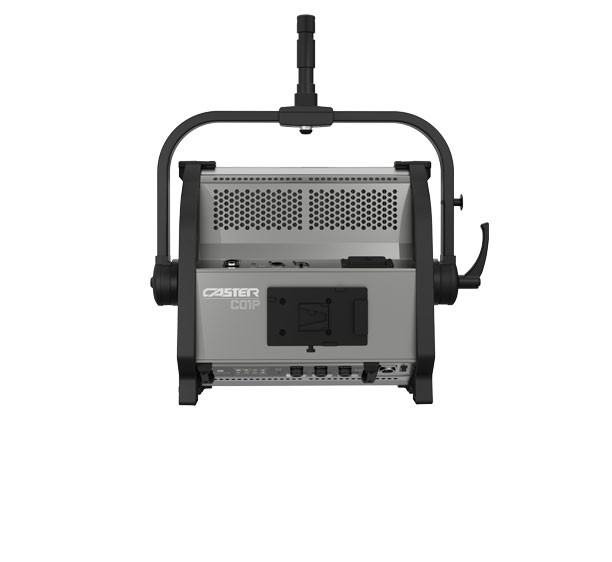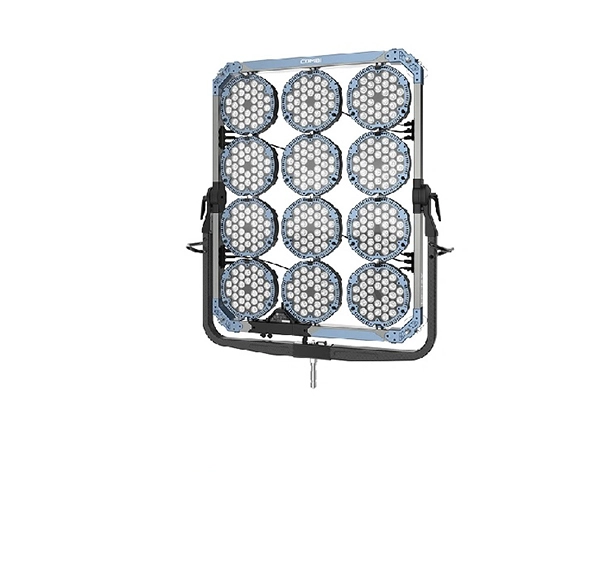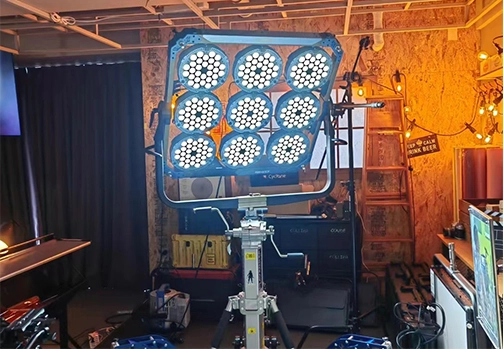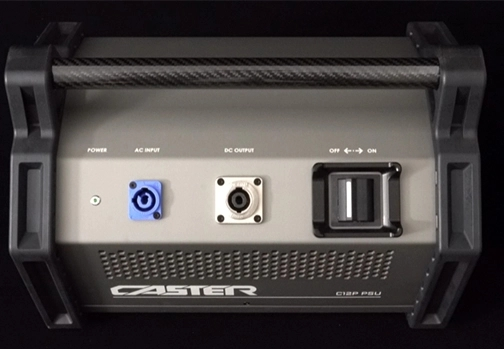Lights play a crucial role in setting the mood and enhancing the visual appeal of any film or video production. With advancements in technology, LED film light panels have become a popular choice among filmmakers for their versatility, energy efficiency, and ease of use. In this article, we will discuss how to properly set up and adjust LED film light panels on set to achieve the desired lighting effects.
Choosing the Right LED Film Light Panel
When selecting LED film light panels for your production, it is essential to consider factors such as color temperature, brightness, and CRI (Color Rendering Index). Color temperature refers to the warmth or coolness of the light, measured in Kelvin. For most film and video projects, a color temperature of around 5600K is ideal for achieving a natural-looking daylight effect.
Brightness, measured in lumens, determines the intensity of the light output. LED film light panels typically come with adjustable brightness settings, allowing you to control the amount of light emitted. Additionally, a high CRI rating ensures accurate color representation, crucial for capturing skin tones and other details accurately.
Positioning and Mounting LED Film Light Panels
Once you have selected the right LED film light panels for your production, the next step is to position and mount them correctly on set. Positioning the lights at different angles and heights can create depth and dimension, enhancing the visual appeal of your shots.
Using light stands or mounting brackets, secure the LED film light panels in the desired locations. For a softer and more diffused light, consider adding a light modifier such as a softbox or diffuser. This will help prevent harsh shadows and create a more flattering lighting effect on your subjects.
Adjusting Color Temperature and Brightness
One of the key advantages of LED film light panels is their ability to adjust color temperature and brightness settings easily. Most LED panels come with intuitive controls that allow you to fine-tune the light output to suit your specific requirements.
To adjust the color temperature, simply dial in the desired Kelvin value using the control panel or remote. Lower Kelvin values (warmer light) are ideal for creating a cozy and intimate atmosphere, while higher Kelvin values (cooler light) can simulate daylight conditions.
Similarly, adjusting the brightness of the LED film light panels can help you control the overall lighting intensity on set. Start with a low brightness setting and gradually increase it until you achieve the desired lighting effect. This will help prevent overexposure and ensure a well-balanced lighting setup.
Creating Lighting Effects with LED Film Light Panels
LED film light panels offer endless possibilities for creating unique and eye-catching lighting effects on set. By adjusting the angle, intensity, and color temperature of the lights, you can achieve a variety of looks ranging from moody and dramatic to bright and cheerful.
Experiment with positioning the LED panels at different heights and distances from your subjects to create interesting shadows and highlights. You can also combine multiple panels to create a more dynamic lighting setup, adding depth and texture to your shots.
In conclusion, LED film light panels are a versatile and efficient lighting solution for film and video productions. By choosing the right panels, positioning them correctly, and adjusting the settings to achieve the desired lighting effects, you can elevate the visual quality of your projects significantly. With a little creativity and experimentation, you can unleash the full potential of LED film light panels to create stunning visuals that captivate your audience.
 English
English 日本語
日本語 한국어
한국어 Español
Español italiano
italiano العربية
العربية






